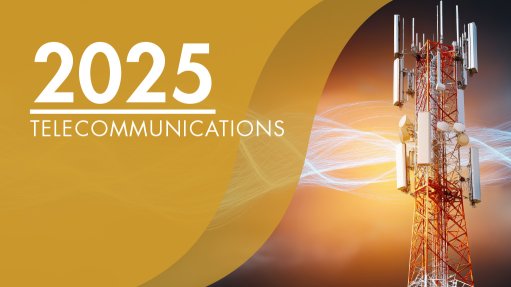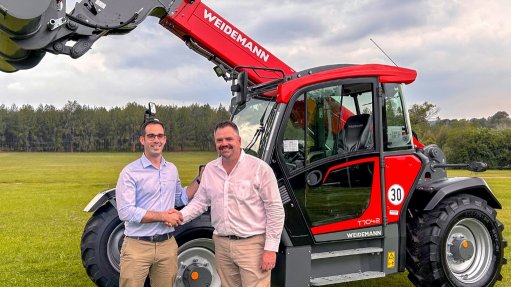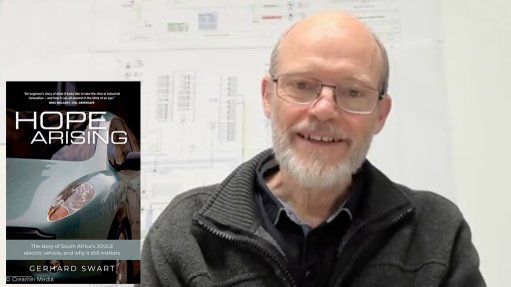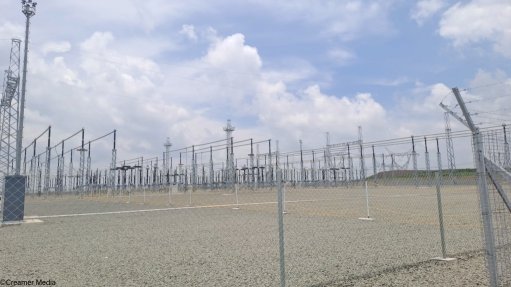Sophia the robot turns four
In one of the earliest instalments of this column, I wrote about Sophia, the social humanoid robot that was granted citizenship – with a passport to boot – by Saudi Arabia in October 2017, becoming the first nonhuman to achieve this feat. Sophia was switched on in February 2016, which means she is just over four years old now.
But how does this humanoid stake up against humans of the same age? In some respects, she is very much like a four-year-old infant, her creators at Hanson Robotics, in Hong Kong, say. For example, her depth perception does not extend beyond a couple of feet, akin to an infant’s. What’s more, her facial recognition skills trail behind those of humans, who the experts say start recognising faces when they are only eight months old. But she is developed enough to be able to maintain eye contact, and her creators quip that she could easily defeat any human in a staring contest. Although she was designed to be a social robot, Sophia’s social skills are not too different from a human her age. A case in point: when she speaks, it is very difficult to interrupt her, similar to the difficulty one would encounter when trying to stop a child her age as he or she recounts the plot of his or her favourite movie.
A child’s brain is said to be 90% developed by age five. Sophia’s is developed far beyond that: she can instantly ‘memorise’ unlimited facts and figures, she has a much more extensive vocabulary than that of a four-year-old and she knows exactly how she arrives at an answer or how an idea comes into her head, which is not the case with other platforms using machine learning.
A further aspect where Sophia is one up on four-year-old humans is that she is designed not to repeat herself in the same conversation. But, just like children, she does not understand sarcasm.
Overall, the boffins at Hanson Robotics are pleased with the performance of their handiwork: “While she might occasionally embarrass us, we also feel a tremendous amount of pride from her accomplishments and growth. The most important similarity between Sophia and a four-year-old is that she was created by people who care about her. And very similar to proud parents, we are excited about what the future holds for Sophia as she continues to develop as a social robot and learn new skills, especially to better interact with humans.”
Talking of robots interacting with humans, international news agency Reuters reported this month that robo-bartenders are shaking up South Korea’s café and bar culture as the Asian country makes the transition from social distancing to what it calls “distancing in daily life”. In a bar in Seoul, the capital city, a robot named Cabo makes cocktails from 25 bottles hanging upside down from the ceiling, while another carves perfect ice balls in a fraction of the time it would take human bartenders to perform the tasks.
The presence of the robots is particularly reassuring as the bar moves to encourage patrons to return to entertainment facilities following the Covid-19 outbreak.
“Since this space is usually filled with people, customers tend to be very anxious,” Choi Won-woo, a human bartender who assembles the drinks, is quoted by Reuters as saying. “I think they would feel safer if the robot makes and serves the ice rather than if we were to do it ourselves.”
According to a manager at the bar, unlike human bartenders, the ‘drink bot’ can provide a consistent mix quality. However, there is one critical quality that the robo-bartenders lack. As one patron put it: “It’s a little disappointing that you can’t talk to the bartenders. One of the good things about going to a bar to drink is that you can chat to them about the drinks or about my worries.”
Article Enquiry
Email Article
Save Article
Feedback
To advertise email advertising@creamermedia.co.za or click here
Comments
Press Office
Announcements
What's On
Subscribe to improve your user experience...
Option 1 (equivalent of R125 a month):
Receive a weekly copy of Creamer Media's Engineering News & Mining Weekly magazine
(print copy for those in South Africa and e-magazine for those outside of South Africa)
Receive daily email newsletters
Access to full search results
Access archive of magazine back copies
Access to Projects in Progress
Access to ONE Research Report of your choice in PDF format
Option 2 (equivalent of R375 a month):
All benefits from Option 1
PLUS
Access to Creamer Media's Research Channel Africa for ALL Research Reports, in PDF format, on various industrial and mining sectors
including Electricity; Water; Energy Transition; Hydrogen; Roads, Rail and Ports; Coal; Gold; Platinum; Battery Metals; etc.
Already a subscriber?
Forgotten your password?
Receive weekly copy of Creamer Media's Engineering News & Mining Weekly magazine (print copy for those in South Africa and e-magazine for those outside of South Africa)
➕
Recieve daily email newsletters
➕
Access to full search results
➕
Access archive of magazine back copies
➕
Access to Projects in Progress
➕
Access to ONE Research Report of your choice in PDF format
RESEARCH CHANNEL AFRICA
R4500 (equivalent of R375 a month)
SUBSCRIBEAll benefits from Option 1
➕
Access to Creamer Media's Research Channel Africa for ALL Research Reports on various industrial and mining sectors, in PDF format, including on:
Electricity
➕
Water
➕
Energy Transition
➕
Hydrogen
➕
Roads, Rail and Ports
➕
Coal
➕
Gold
➕
Platinum
➕
Battery Metals
➕
etc.
Receive all benefits from Option 1 or Option 2 delivered to numerous people at your company
➕
Multiple User names and Passwords for simultaneous log-ins
➕
Intranet integration access to all in your organisation
















